- TB Enterprise - Place Where Ideas Convert Into Creation.
- +91-9067176874
- info@tbenterprise.in
Air quality testing
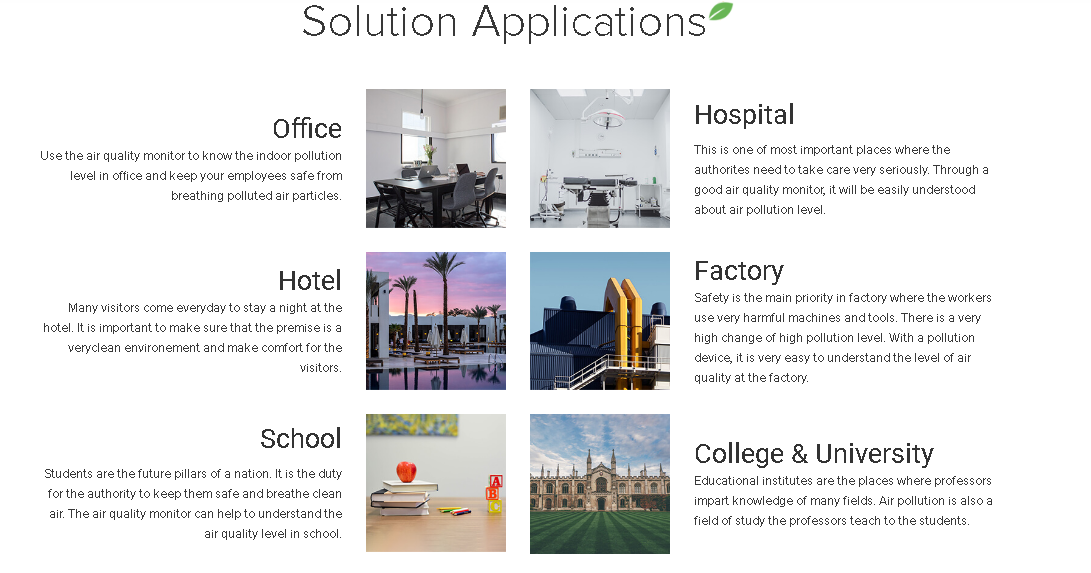
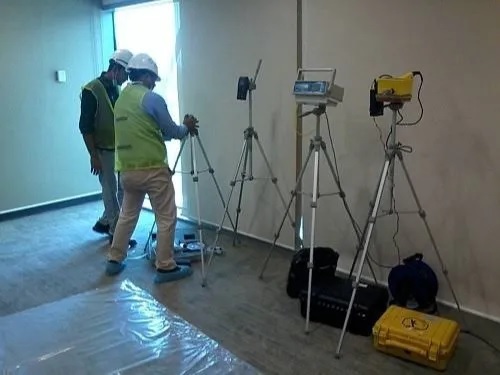
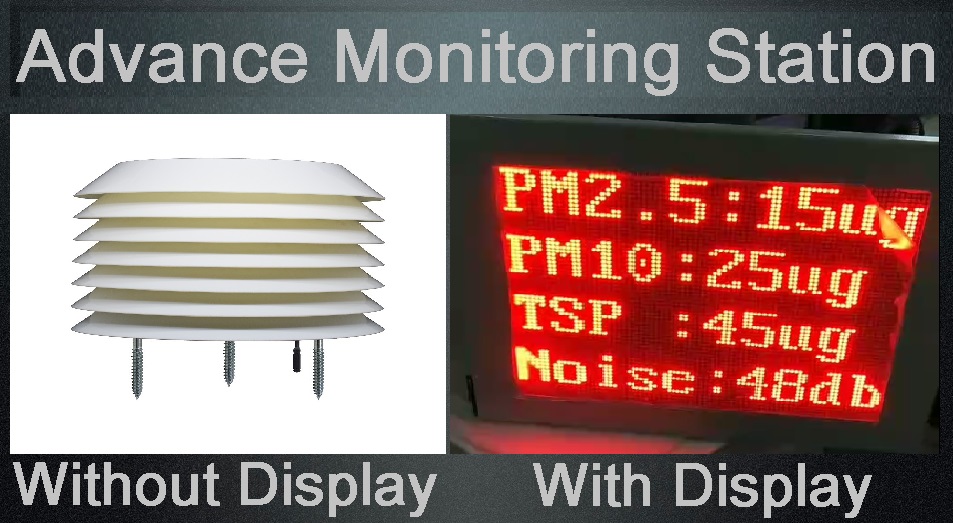
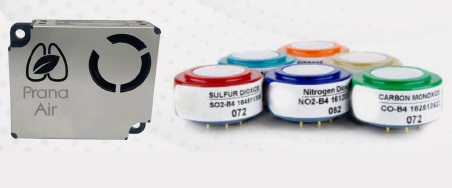
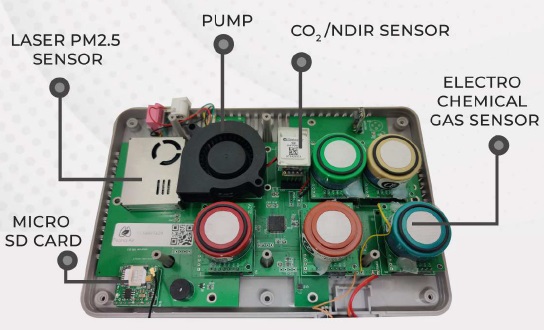
Air quality testing is the process of Analysing the air quality of a home, office, school, hospital, or other location.
1. Importance of air quality testing: Discuss why it is crucial to regularly analyse the air quality in different locations, highlighting potential health risks associated with poor indoor air quality.
2. Common pollutants and their sources: Explore various types of pollutants commonly found in indoor environments, such as volatile organic compounds (VOCs), mould, and allergens, and explain where they originate from.
3. Methods and technologies used in air quality testing: Explain the different techniques used to measure and assess air quality, including sampling methods. , sensor technologies, and laboratory analysis. Discuss the advantages and limitations of each method, and how they contribute to a comprehensive understanding of indoor air quality.
4. Health effects of poor indoor air quality: Discuss the potential health risks associated with exposure to pollutants found in indoor environments, such as respiratory issues, allergies, asthma, and even more severe conditions like lung cancer. Highlight the importance of regularly monitoring and improving indoor air quality to mitigate these health risks.
5. Strategies for improving indoor air quality: Provide practical tips and recommendations for individuals and organisations to improve their indoor air quality, such as proper ventilation, regular cleaning and maintenance, reducing the use of toxic household products, and incorporating air purifiers or filtration systems.
Importance of monitoring air quality –
The importance of monitoring air quality cannot be overstated. Poor air quality can have serious health implications, especially for vulnerable populations such as children, the elderly, and individuals with respiratory conditions. Additionally, it can also have detrimental effects on the environment, contributing to climate change and the depletion of ozone layer.
Overview of the essay’s structure and main points –
In this essay, we will explore the importance of monitoring air quality and its impact on both human health and the environment. The essay will be structured as follows: first, we will provide a brief introduction to the topic and its significance. Then, we will delve into the health implications of poor air quality, highlighting the specific risks faced by children, the elderly, and individuals with respiratory conditions. Next, we will discuss the environmental consequences of air pollution, focusing on its contribution to climate change and the depletion of the ozone layer. Finally, we will conclude by emphasizing the need for effective air quality monitoring systems and the implementation of policies and regulations to reduce air pollution. Poor air quality has significant health implications, as it can lead to respiratory problems, cardiovascular diseases, and even premature death. Children, the elderly, and individuals with respiratory conditions are particularly vulnerable to the harmful effects of air pollution. Additionally, air pollution has severe environmental consequences, contributing to climate change through the release of greenhouse gases and causing the depletion of the ozone layer. To protect human health and the environment, it is crucial to establish comprehensive air quality monitoring systems and enforce strict regulations to reduce air pollution levels.
Types of Air Quality Testing –
There are various types of air quality testing methods that can be used to measure and analyze the levels of pollutants in the air. One common method is ambient air monitoring, which involves placing monitoring stations in different locations to collect data on pollutants such as particulate matter, ozone, carbon monoxide, and nitrogen dioxide. Another method is source-specific monitoring, which focuses on measuring pollutants emitted from specific sources such as industrial facilities or vehicles. Indoor air quality testing is also important, as many people spend a significant amount of time indoors and can be exposed to pollutants from sources such as cleaning products, building materials.
Ambient air testing –
Ambient air testing is a common method used to measure the quality of outdoor air. It involves the collection of air samples from various locations and analyzing them for the presence of pollutants such as particulate matter, nitrogen dioxide, sulfur dioxide, and volatile organic compounds. This type of testing helps to identify areas with high pollution levels and allows for the implementation of targeted strategies to improve air quality. Additionally, ambient air testing provides valuable data for assessing the effectiveness of pollution control measures and monitoring long-term trends in air pollution.
Monitoring pollutants in outdoor air –
is crucial for understanding the overall health of the environment and the potential impact on human health. By continuously monitoring pollutants in outdoor air, scientists and policymakers can make informed decisions to mitigate pollution sources and protect public health. This type of monitoring involves the use of sophisticated instruments and technologies to measure and analyze various pollutants in real-time. It allows for the identification of hotspots and sources of pollution, as well as the evaluation of the effectiveness of pollution control measures. Overall, monitoring pollutants in outdoor air plays a vital role in creating a healthier and more sustainable future for our communities.
Assessing air quality in residential and industrial areas –
Assessing air quality in residential and industrial areas is crucial in understanding the impact of pollution on human health and the environment. By monitoring pollutants in these specific locations, we can identify potential health risks and develop targeted strategies to mitigate them. Residential areas, for example, may be exposed to pollutants from nearby traffic, construction sites, or industrial activities. Industrial areas, on the other hand, may have higher concentrations of pollutants due to the nature of their operations.
Identifying sources of pollution –
is crucial in order to effectively address and reduce pollution levels. This involves conducting thorough investigations and assessments to pinpoint the exact activities or industries that are contributing to the pollution. By identifying these sources, we can then implement measures to control or regulate their emissions, ultimately leading to a healthier and cleaner environment. Additionally, understanding the sources of pollution allows us to hold responsible parties accountable and enforce necessary regulations to prevent further harm.
Indoor air testing –
One important aspect of addressing pollution is conducting indoor air testing. While outdoor pollution is often a focus, indoor air quality can also have a significant impact on our health and well-being. This testing involves analyzing the air inside buildings, homes, and workplaces to identify any pollutants or contaminants that may be present. By understanding the specific sources of indoor pollution, we can take steps to improve ventilation systems, remove or reduce harmful substances, and create healthier indoor environments. This is especially crucial considering that many people spend a significant amount of time indoors, particularly in urban areas.
Workplace air testing –
Workplace air testing is an essential aspect of ensuring the health and safety of employees. It involves assessing the quality of air in offices, factories, warehouses, and other work environments to identify any potential hazards or pollutants. This type of testing helps employers comply with occupational health and safety regulations and provides a basis for implementing effective control measures. Additionally, workplace air testing can help prevent occupational illnesses and improve overall employee well-being.
Methods and Techniques Used in Air Quality Testing –
There are several methods and techniques used in air quality testing to ensure accurate and reliable results. One common method is the use of air sampling equipment, such as air pumps and filters, to collect air samples from different areas of the workplace. These samples are then analyzed in a laboratory for various contaminants, including volatile organic compounds (VOCs), particulate matter, and gases like carbon monoxide and nitrogen dioxide. Another technique is the use of real-time monitoring instruments, which continuously measure and record air quality parameters such as temperature, humidity, and levels of specific pollutants.
Air sampling –
Air sampling is a common method used to assess the quality of indoor air in workplaces. By collecting air samples from different areas of the workplace, it becomes possible to analyze them in a laboratory for various contaminants. This analysis typically includes the measurement of volatile organic compounds (VOCs), particulate matter, and gases like carbon monoxide and nitrogen dioxide.



